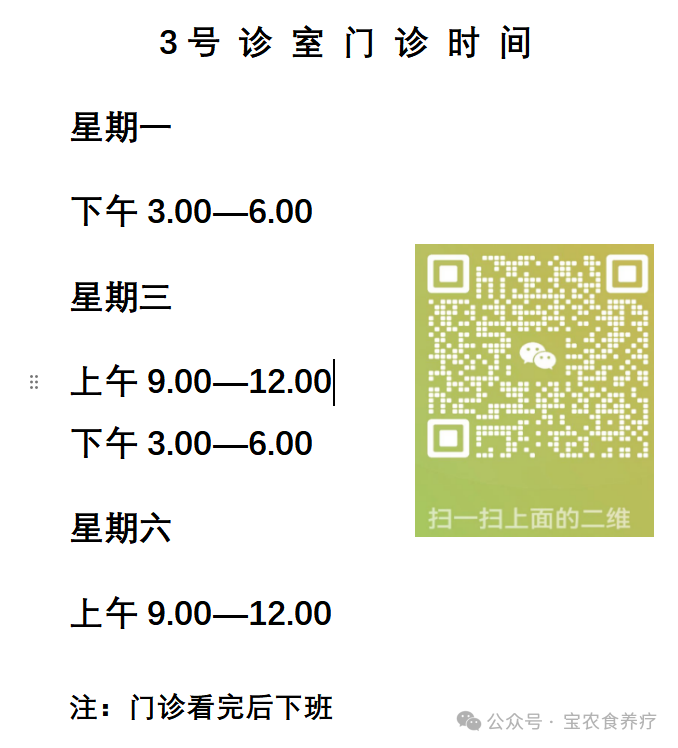In the current climate of Qinzhou, aside from the famous Pinglu Canal, another notable aspect is the “return of the south wind”. To cope with the humid weather, families are closing their windows tightly. Due to Qinzhou’s subtropical location, the climate is hot and humid, and the locals have developed a health maintenance habit of “expelling dampness and strengthening the spleen”. Fu Ling (Poria cocos), known as the “divine medicine of all seasons” in TCM classics, is recognized for its mild properties and its ability to strengthen the spleen and expel dampness, making it an important part of the food therapy culture in the Lingnan region. Today, I would like to recommend a dual-purpose “spleen tonic”—Fu Ling.
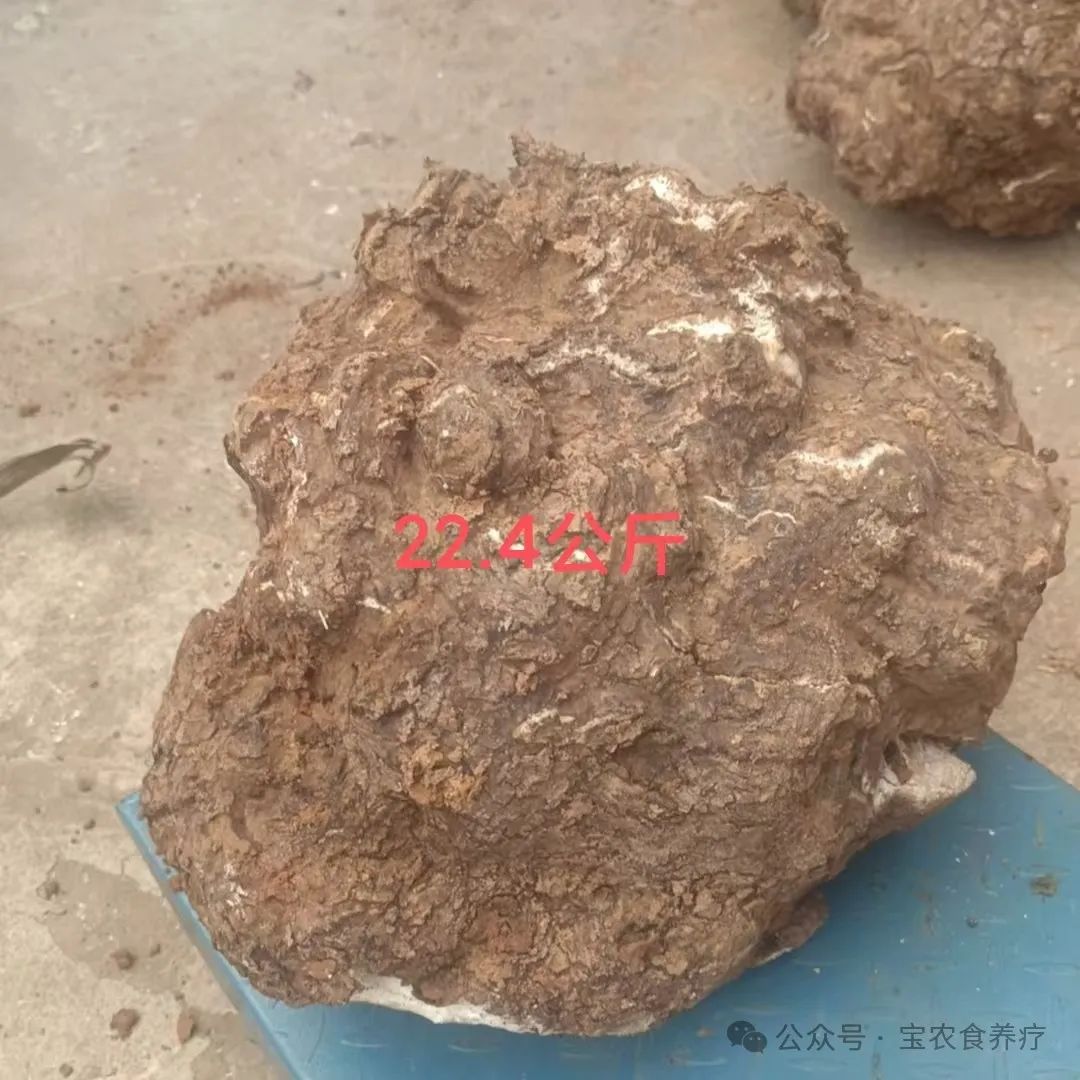
Fu Ling is a fungus that grows on the roots of pine trees. The Shen Nong Ben Cao Jing classifies it as a superior herb, stating that “long-term consumption calms the soul and nourishes the spirit, prolonging life without hunger.” It has always been valued by Daoist physicians. Its nature is neutral, with a sweet and bland flavor, and it enters the heart, lung, spleen, and kidney meridians. It has the effects of promoting urination, draining dampness, strengthening the spleen, and calming the mind. Modern research has found that Fu Ling is rich in polysaccharides, triterpenoids, and dietary fiber, which can regulate immunity and promote digestion, making it especially suitable for those with damp-heat constitution and spleen deficiency.
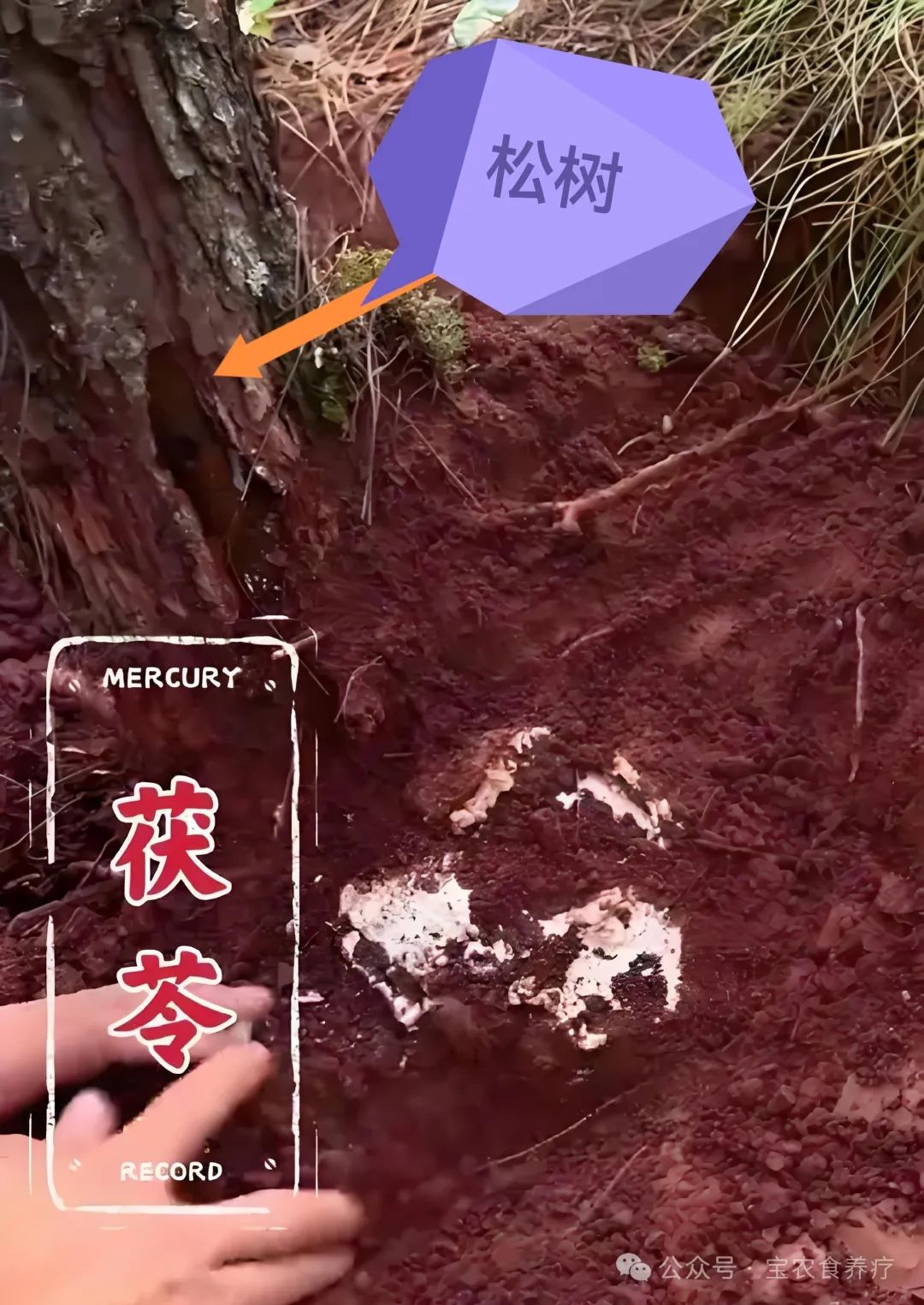
1. The Five Core Functions of Fu Ling in Food Therapy
1.1 Expelling Dampness Without Harming the Qi: The humid climate in Lingnan makes Fu Ling beneficial for promoting urination without depleting qi, alleviating symptoms such as heaviness in the limbs, oily skin, and sticky stools.
1.2 Strengthening the Spleen and Aiding Digestion: For those with spleen and stomach weakness leading to poor appetite and abdominal bloating, Fu Ling can restore the digestive function, especially suitable for children with food accumulation and the elderly with indigestion.
1.3 Calming the Mind and Relieving Depression: The Fu Ling acid contained has a sedative effect, which can improve insomnia and vivid dreams caused by heart and spleen deficiency.
1.4 Supporting the Body and Anti-Aging: The polysaccharides in Fu Ling can enhance immunity, and when combined with Huang Qi (Astragalus membranaceus) and Gou Qi Zi (Lycium barbarum), it can delay aging.
1.5 Skin Brightening and Beauty: The traditional TCM beauty formula “San Bai San” consists mainly of Bai Zhi (Angelica dahurica), Bai Ji (Bletilla striata), and Bai Fu Ling (Poria cocos). Topically, Bai Fu Ling can smooth the skin and treat facial sores. The Yao Xing Lun records: “Ground Bai Fu Ling mixed with honey and applied to the face treats facial sores and dark spots in postpartum women.” Bai Fu Ling can help brighten the skin.
2. Special Fu Ling Food Therapy Recipes
Linglingzi’s Seasonal Herbal Tea Recipe:
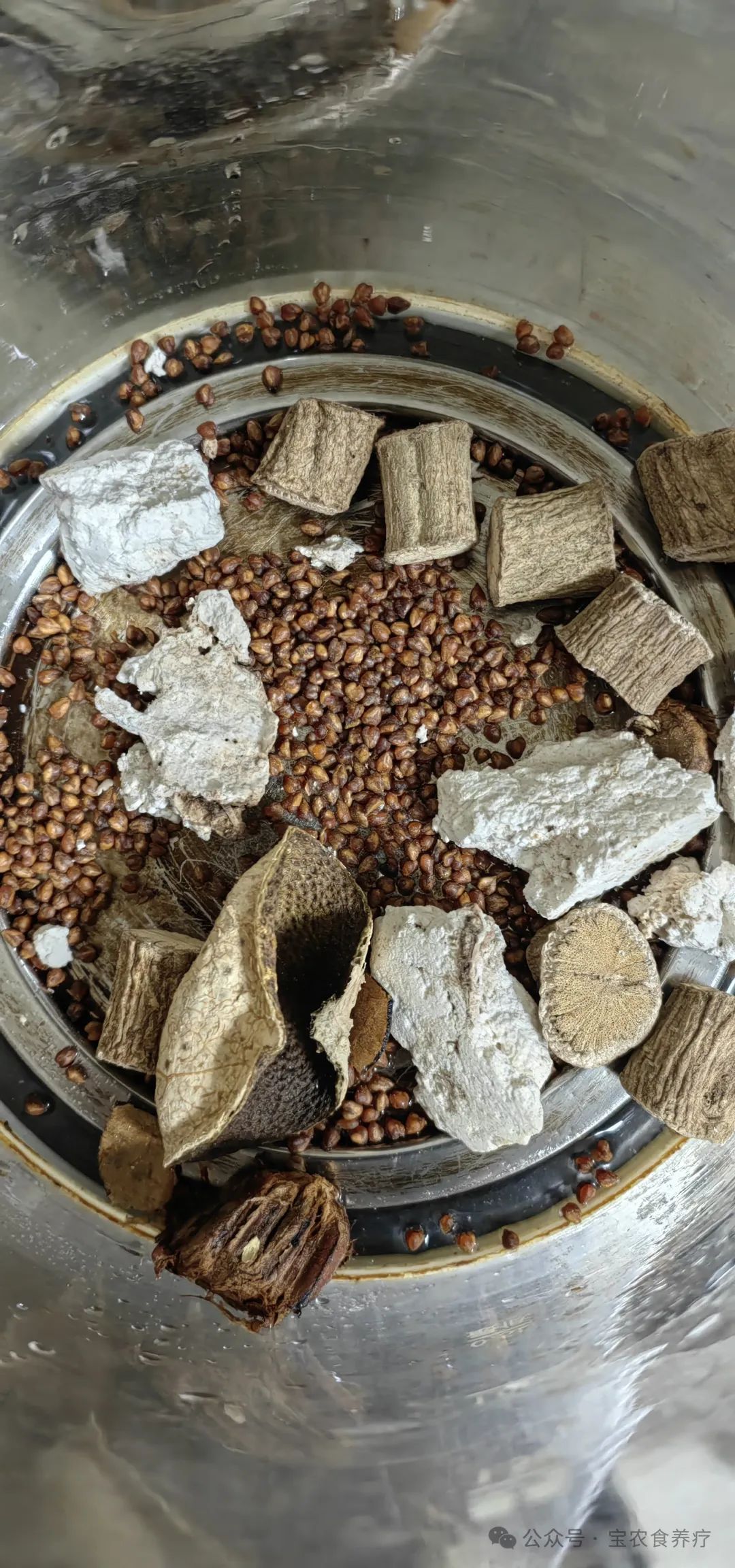
20g of Fu Ling, 15g of Jishi Teng (Sargentodoxa cuneata), 10g of roasted bitter wheat tea, 3g of aged Chen Pi (Citrus reticulata), and 2g of Lo Han Guo (Siraitia grosvenorii). Add 1000ml of water, boil and drink as tea regularly to strengthen the spleen and stomach, expel dampness, and aid digestion.
2.1 Fu Ling and Wu Zhi Mu Chicken Soup (Expelling Dampness and Strengthening Bones)
Ingredients: 20g of Fu Ling, 30g of Wu Zhi Mu (Euphoria longan), half a free-range chicken, and 3 slices of ginger.
Method: Wash the ingredients and simmer for 1.5 hours, adding salt to taste.
Effect: Wu Zhi Mu is a local medicinal material in Lingnan, known as the “earthly Huang Qi“. Together with Fu Ling, it expels dampness, suitable for those with joint heaviness and fatigue during the rainy season.
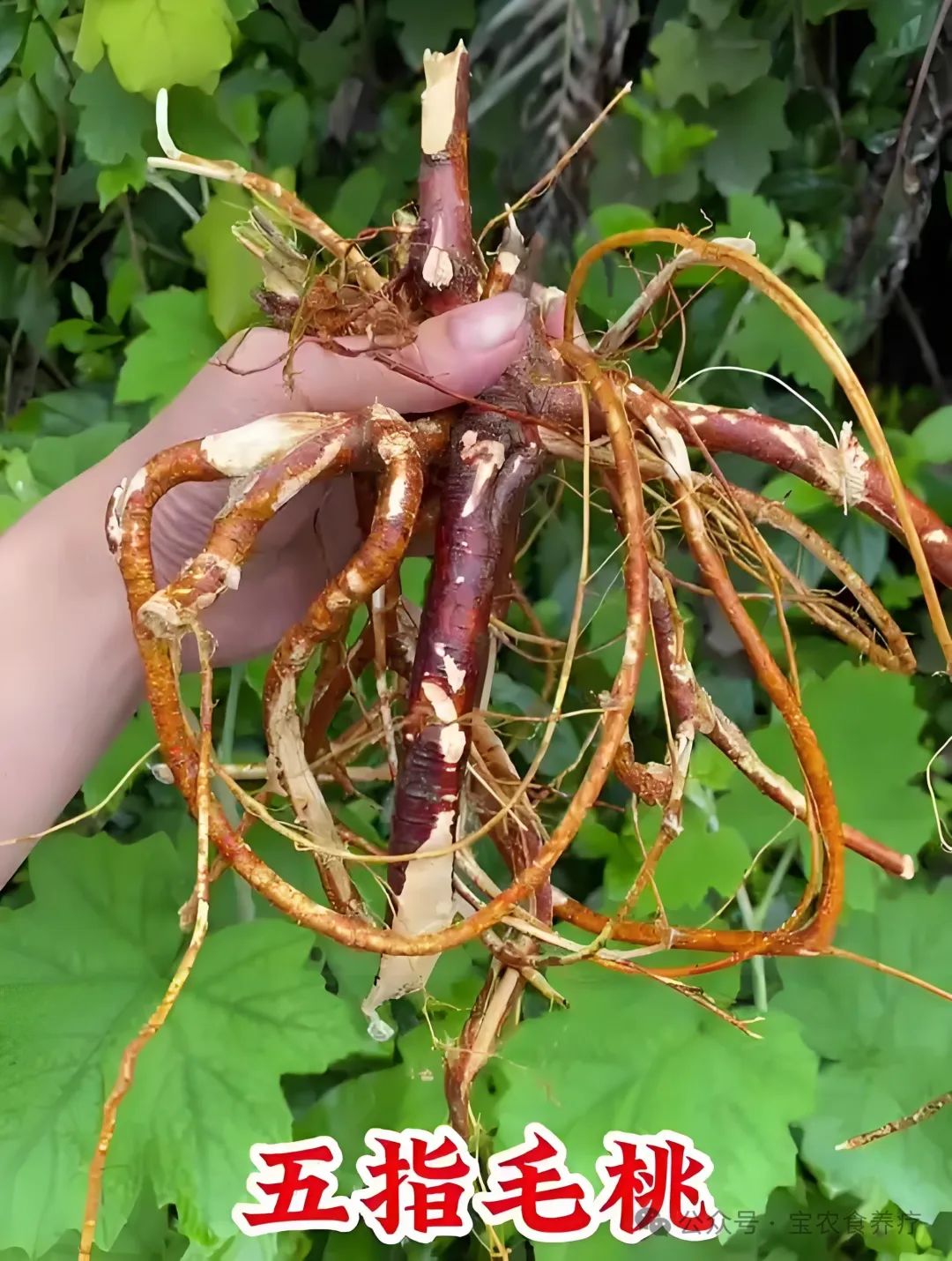
2.2 Fu Ling and Yi Yi Ren (Coix lacryma-jobi) Osmanthus Porridge (Strengthening the Spleen and Whitening)
Ingredients: 15g of Fu Ling powder, 50g of Yi Yi Ren, 5g of osmanthus, and 100g of japonica rice.
Method: Cook the Yi Yi Ren and japonica rice until they bloom, add the Fu Ling powder and stir, then sprinkle osmanthus and let it steam for 5 minutes.
Effect: Clears heat and drains dampness, improves acne and dull complexion, suitable for women with damp-heat constitution.
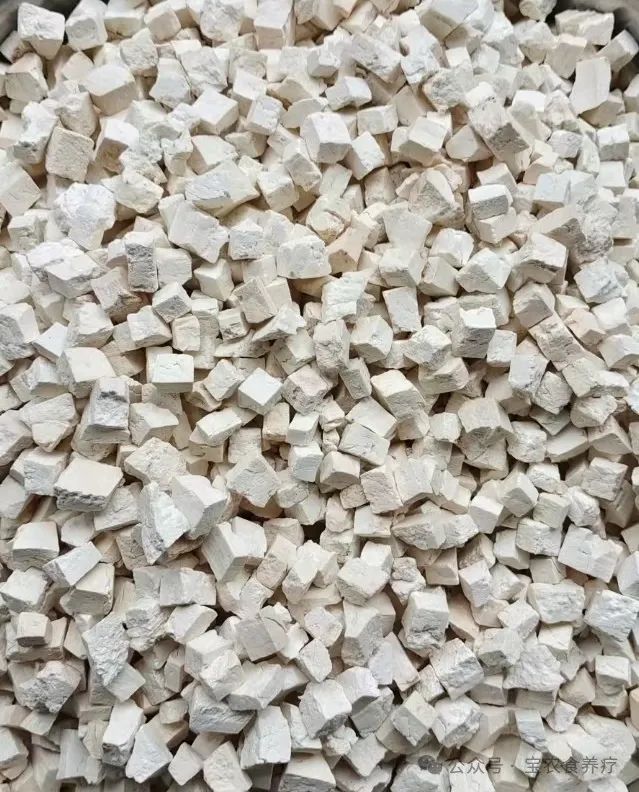
2.3 Fu Ling, Chen Pi, and He Ye Tea (Cooling and Reducing Lipids)
Ingredients: 10g of Fu Ling, 3g of aged Chen Pi, and 5g of He Ye (Nelumbo nucifera).
Method: Brew with boiling water as a tea or decoct, adding a little Lo Han Guo to improve the taste.
Effect: Cools and relieves summer heat, assists in regulating high blood lipids and obesity. 2.4 Si Shen Fu Ling Soup (Strengthening the Spleen and Expelling Dampness)
Ingredients: 30g of Fu Ling, 80g of Huaishan (Dioscorea opposita), 30g of Qian Shi (Euryale fox), 30 lotus seeds, 300g of pork bones, and 6g of Chen Pi.
Method: Blanch the pork bones, then cook with the herbs for 1.5 hours, adding salt to taste.
Suitable for: Those with spleen deficiency and excess dampness, fatigue, and weakness.
2.5 Fu Ling and Yi Yi Ren Cakes (For Strengthening the Spleen in Children)
Ingredients: 30g of Fu Ling, 30g of Yi Yi Ren, 100g of flour, and appropriate sugar.
Method: Grind the herbs into powder, mix with flour, ferment, and steam until cooked.
Suitable for: Children with indigestion and poor appetite.
2.6 Chen Pi and Fu Ling Porridge (Regulating Qi and Resolving Phlegm)
Ingredients: 15g of Fu Ling, 5g of Chen Pi, and 100g of japonica rice.
Method: Decoction of the herbs, then cook with japonica rice until thick.
Suitable for: Those with phlegm-damp cough, chest tightness, and abdominal bloating.
2.7 Fu Ling and Chi Xiao Dou (Adzuki bean) Porridge (Promoting Urination and Reducing Swelling)
Ingredients: 15g of Fu Ling, 30g of Chi Xiao Dou, and 100g of rice.
Method: Soak the Chi Xiao Dou beforehand, then cook with the herbs until soft.
Suitable for: Those with edema and difficulty urinating.
Fu Ling is also a commonly used and effective Chinese medicine.
3. Common Formulas with Fu Ling as the Main or Assistant Herb:
3.1 Ling Gui Zhu Gan Tang (from Jin Kui Yao Lue)
Ingredients: Fu Ling, Gui Zhi (Cinnamon twig), Bai Zhu, and Gan Cao (Licorice).
Effect: Warms yang, transforms phlegm, strengthens the spleen, and promotes urination.
Indications: Phlegm-damp syndrome (such as dizziness, palpitations, and fullness in the chest and flanks), with symptoms of white, slippery tongue coating and a deep, tight pulse.
Formula Analysis: Fu Ling is the monarch herb, strengthening the spleen and promoting urination; Gui Zhi is the minister, warming yang and transforming qi; Bai Zhu and Gan Cao assist in strengthening the spleen.
3.2 Fu Ling, Xing Ren (Apricot kernel), and Gan Cao Decoction (from Jin Kui Yao Lue)
Ingredients: Fu Ling, Xing Ren, and Gan Cao.
Effect: Disseminates lung qi, transforms phlegm, and promotes urination.
Indications: Chest obstruction (feeling of qi stagnation in the chest, shortness of breath), due to water-damp obstructing the lungs.
Formula Analysis: Fu Ling is the monarch, promoting urination and expelling dampness; Xing Ren disseminates lung qi, and Gan Cao harmonizes the formula.
3.3 Fang Ji and Fu Ling Decoction (from Jin Kui Yao Lue)
Ingredients: Fang Ji (Stephania tetrandra), Huang Qi, Gui Zhi, Fu Ling, and Gan Cao.
Effect: Tonifies qi, strengthens the spleen, promotes urination, and reduces swelling.
Indications: Edema (swelling of the limbs, with a feeling of pressing down), accompanied by qi deficiency.
Formula Analysis: Fu Ling and Fang Ji are both monarch herbs, promoting urination and reducing swelling; Huang Qi tonifies qi, and Gui Zhi promotes yang.
3.4 Fu Ling and Dao Ren Decoction (from Yi Zong Jin Jian)
Ingredients: Fu Ling, Bin Lang (Areca catechu), Shi Wei (Pyrrosia lingua), Sha Ren (Amomum villosum), Chen Pi, Zei Ke, Baizhu, Mu Xiang, and Da Fu Pi.
Effect: Moves qi, promotes urination, strengthens the spleen, and expels dampness.
Indications: Pregnancy edema or generalized edema, with qi stagnation and water retention.
Formula Analysis: Fu Ling is the monarch, strengthening the spleen and promoting urination; combined with qi-moving herbs to enhance qi transformation.
3.5 Wai Tai Fu Ling Drink (from Wai Tai Mi Yao)
Ingredients: Fu Ling, Ren Shen (Ginseng), Bai Zhu, Sheng Jiang (Fresh ginger), Zhi Shi (Bitter orange), and Chen Pi.
Effect: Strengthens the spleen, transforms phlegm, and regulates qi.
Indications: Phlegm-damp obstructing the stomach, with symptoms of fullness and vomiting phlegm.
Formula Analysis: Fu Ling is the monarch, strengthening the spleen and expelling dampness; Ren Shen and Bai Zhu tonify qi, while Zhi Shi and Chen Pi move qi.
3.6 Wu Ling San (from Shang Han Lun)
Ingredients: Fu Ling, Zhu Ling (Polyporus umbellatus), Ze Xie (Alisma orientale), Bai Zhu, and Gui Zhi.
Effect: Promotes urination, drains dampness, and warms yang.
Indications: Water retention due to bladder dysfunction, with symptoms of edema, difficulty urinating, and phlegm-damp.
Formula Analysis: Ze Xie is the monarch, with Fu Ling and Zhu Ling as ministers, working together to promote urination; Bai Zhu and Gui Zhi assist in tonifying qi.
3.7 Other Important Formulas Containing Fu Ling (where Fu Ling is not the monarch but plays a key role)
Shen Ling Bai Zhu San: Strengthens the spleen and drains dampness, with Fu Ling assisting Bai Zhu in strengthening the spleen.
Gui Pi Tang: Fu Ling calms the mind, assisting in nourishing the heart and spleen.
Zhen Wu Tang: Fu Ling aids Fu Zi (Aconitum carmichaelii) in warming yang and promoting urination.
4. How to Select and Purchase Fu Ling
Color: Natural white, light red, or brown; avoid overly white (may be sulfur-treated).
Texture: The cut surface should be fine, with no sour or moldy smell, and a slightly sweet taste when chewed.
Due to the difficulty in distinguishing the authenticity of Fu Ling products in the market, it is recommended to use wild Fu Ling and process it yourself.
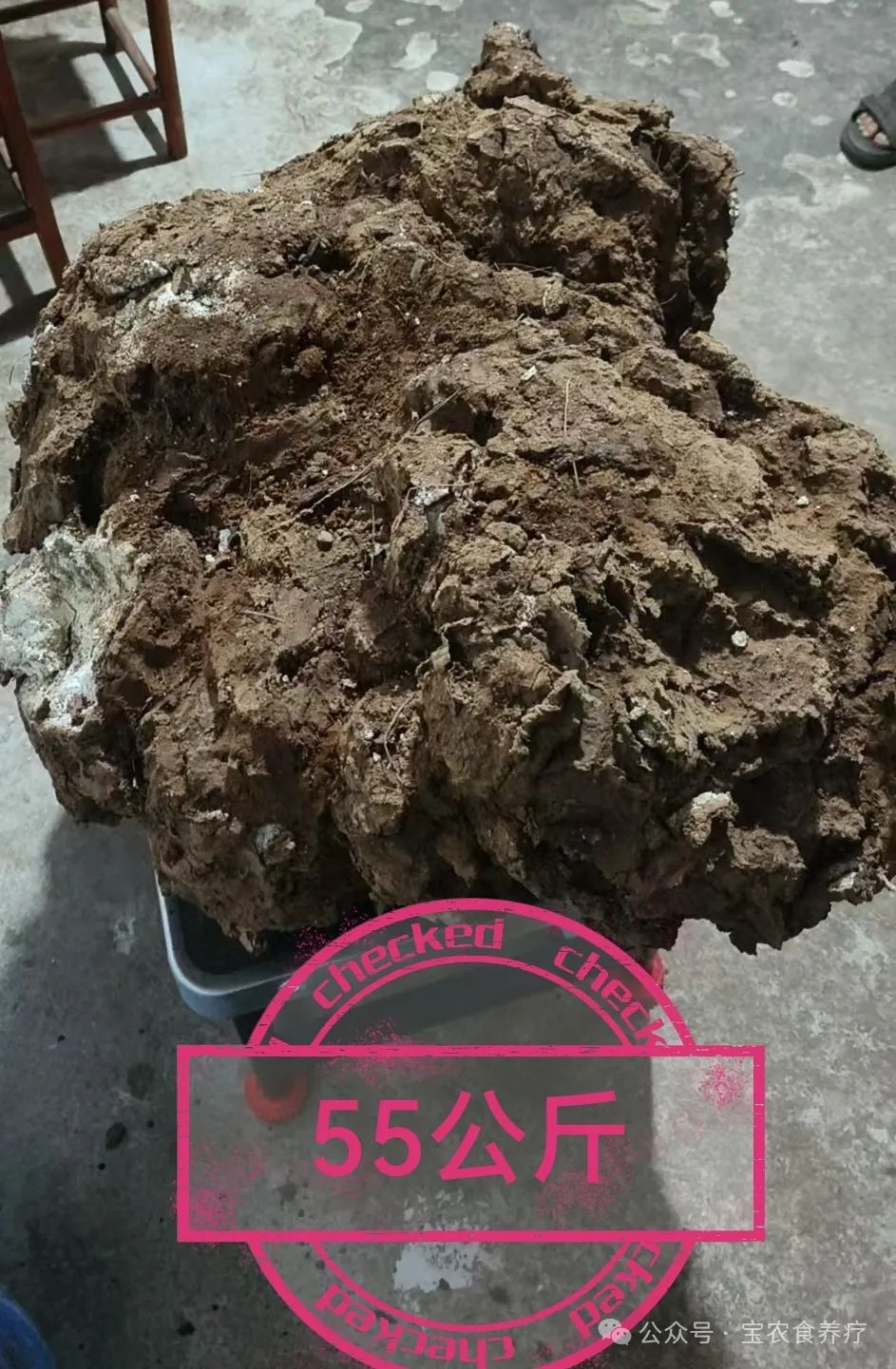 True Fu Ling should have a mushroom aroma. Currently, most Fu Ling is artificially cultivated. It is best to use wild Yun Fu Ling.
True Fu Ling should have a mushroom aroma. Currently, most Fu Ling is artificially cultivated. It is best to use wild Yun Fu Ling.
The methods of using Fu Ling are diverse, but they should be used according to individual constitution and diagnosis. It is recommended to adjust the food therapy plan under the guidance of a TCM practitioner to achieve the best health benefits.
Yao Baonong
Qinzhou Traditional Chinese Medicine Hospital, National Medicine Hall

